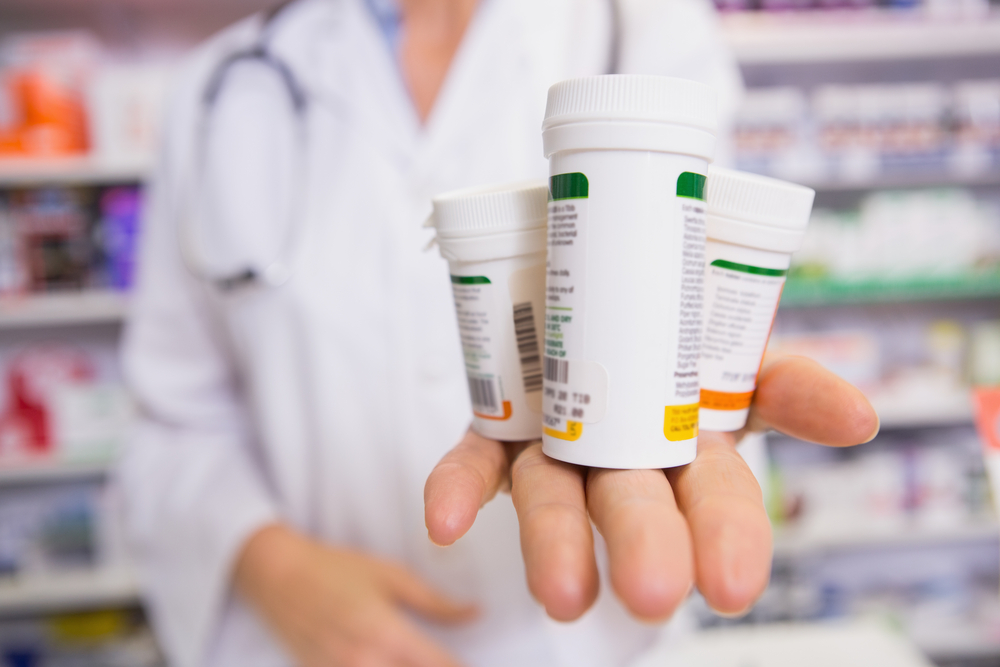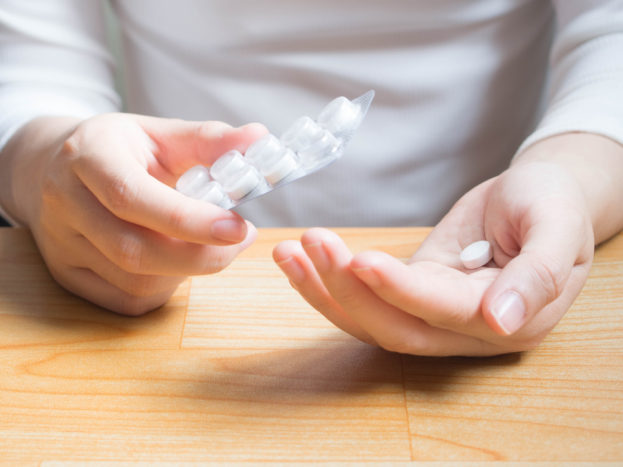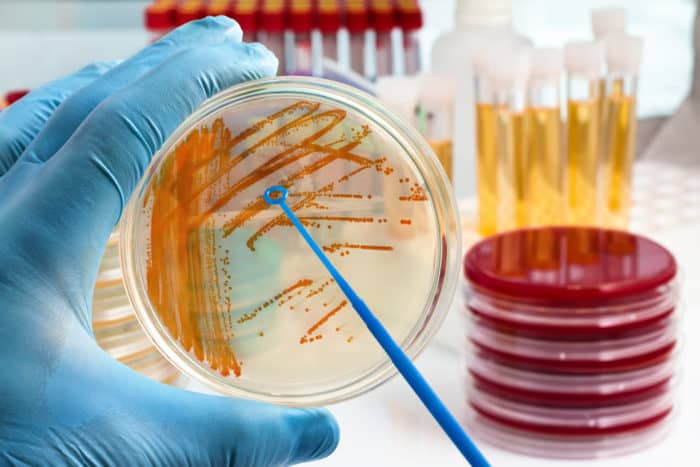Contents:
- Medical Video: The Evolution of Bacteria on a “Mega-Plate” Petri Dish (Kishony Lab)
- Get to know bacterial resistance
- Causes of bacterial resistance to antibiotics
- DNA mutations
- Inappropriate use of antibiotics
- How can bacterial resistance occur?
- How to avoid bacterial resistance
Medical Video: The Evolution of Bacteria on a “Mega-Plate” Petri Dish (Kishony Lab)
Bacteria are single-celled microorganisms found throughout the inside and outside the body. Not all bacteria are harmful, some even really help, including good bacteria that live in the intestine. While bad bacteria are also widely spread, and some cause disease. Antibiotics are used to treat bacterial infections, which sometimes can also cause bacterial resistance. What is bacterial resistance? What caused it?
Get to know bacterial resistance
Bacterial infections are usually treated with antibiotics. However, bacteria can gradually adapt to drugs and become more difficult to kill. This is called bacterial resistance to antibiotics.
Some bacteria can naturally fight certain types of antibiotics. Bacteria can become resistant to antibiotics if bacterial genes change or bacteria get drug-resistant genes from other bacteria.
The longer and more often antibiotics are used, the risk is that the drug will be increasingly ineffective in fighting bacteria.
Causes of bacterial resistance to antibiotics
DNA mutations
Bacteria are susceptible to mutations aka DNA changes. This is part of the natural evolution of bacteria and allows bacteria to continue to adjust their genetic makeup.
When a bacterium naturally becomes resistant to antibiotic drugs, the bacteria will survive, when the other types are killed. These persistent bacteria are likely to spread and become dominant, so they can cause infection.
In addition, bacteria are mobile microbes, which make the bacteria come into contact with other microbes and pass on mutated genes to other bacteria.
Inappropriate use of antibiotics
Excessive use and abuse of antibiotics allows bacterial resistance to antibiotics. Every time you take antibiotics, sensitive bacteria (bacteria that can still be resisted by antibiotics) will be killed. However, resistant bacteria will continue to grow and multiply.
Antibiotics are not effective against viral infections such as flu, sore throat, bronchitis, and sinus and ear infections. So when you take antibiotics even though you are not being attacked by a bacterial infection, the chances of resistance increase. That is why proper use of antibiotics is the key to controlling the spread of resistance.
How can bacterial resistance occur?
Bacteria can become resistant to antibiotics in several ways. Some bacteria can neutralize antibiotics. Other bacteria can change the outer structure of bacteria so that antibiotics cannot stick to bacteria to kill them.
After being exposed to antibiotics, sometimes one bacterium can survive because it finds a way to fight antibiotics. If one bacterium becomes resistant to antibiotics, the bacteria can multiply and then replace all the bacteria killed.
How to avoid bacterial resistance
The main way to avoid the emergence of resistant bacteria is to take antibiotics according to the rules. Here are some ways you can do it.
- Take antibiotics as prescribed by your doctor.
- It is best not to skip doses of taking antibiotics.
- Take antibiotics to treat diseases caused by bacterial infections, not fungal or viral infections.
- Do not store antibiotics to drink if you get sick later on.
- Do not take antibiotics prescribed for others.














